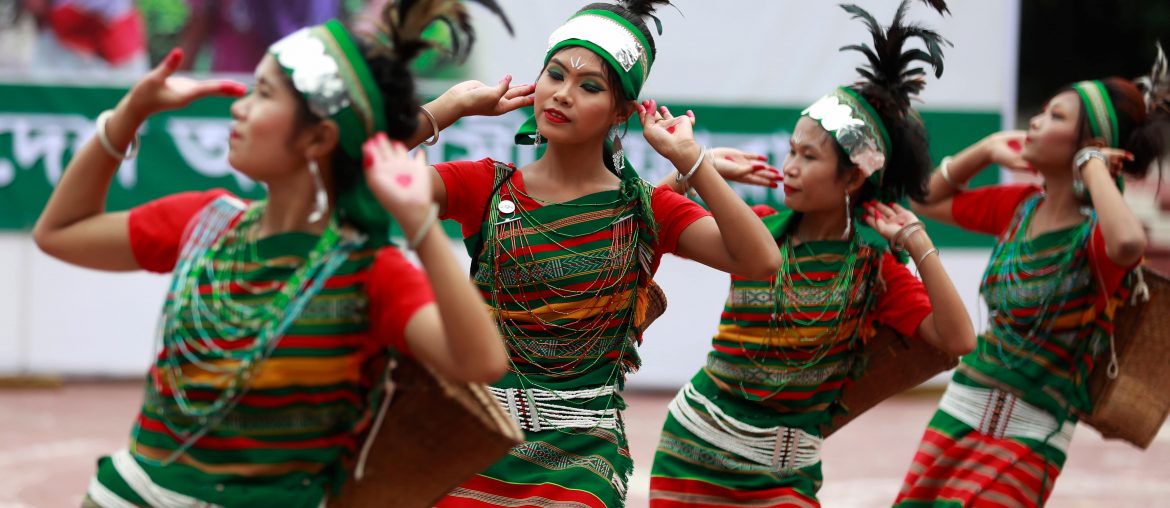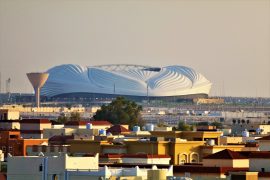Society, Nationality, and Religion – these three are what make a nation. And the behavior, norms, beliefs, morals, and lifestyle of a people are intertwined with the culture of a nation. The people who live within that nation are the bearers and propagators of culture there, and carry the identity of their nation through this. In many countries of the world, there are numerous cultures and ethnicities located within a single territory. And Bangladesh is no different from that. Many different indigenous peoples call Bangladesh their home. In today’s blog, we will look at the different indigenous peoples of Bangladesh and their culture.
Culture of Bangladesh
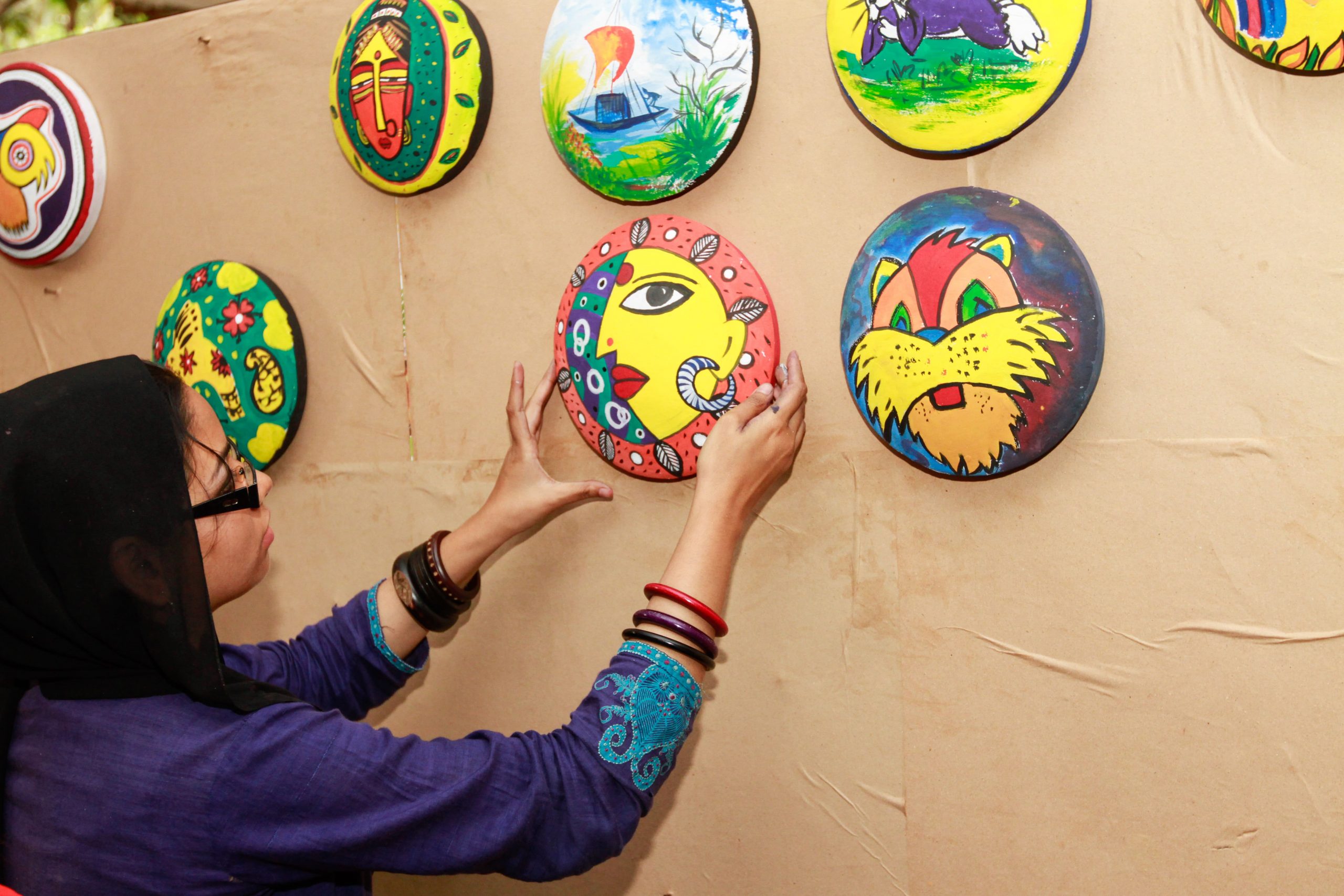
Bangladesh is a small country in South Asia. And even though the country is not big in size, it more than makes up for that with a massive population which is the world’s 7th largest. Bangladesh is known for having rich culture and heritage. And within such a large population, there are numerous cultures and communities. And their practices differ from each other. For the Muslims of Bangladesh, the biggest occasions are the two eid festivals – Eid-ul-Fitr and Eid-ul-Azha. The Hindus of Bangladesh have the Kali Puja, Durga Puja, Saraswati Puja, etc. Buddhists have Buddha Purnima and Christians have Christmas. And other than that, there is also Pahela Boishakh, a celebration of the Bengali New Year. And in the rural areas, there are numerous other festivals, including Nobanno Utshob and Poush Parbon. Other than that, there are also national holidays, such as Independence Day and International Mother Language Day.
Indigenous Peoples of Bangladesh
The indigenous peoples of Bangladesh are a large part of the minority population. And most of them are located in places such as the Chittagong Hill Tracts, Rajshahi, Sylhet, and Mymensingh. And some of the major indigenous peoples of Bangladesh include Garos, Tripuri, Santals, Chakmas, Marmas, and Khasi people. The most significant of them are the Chakmas. The indigenous peoples of Bangladesh have been living here for thousands of years. And other than the major indigenous peoples mentioned above, there are the Orao, Pahariya, Rajbangshi, Koch, Pankho, Hajong, Mro, Khyang, Khumi, and Lusai (Mizo). According to the Bangladesh Bureau of Statistics (BBS), there are 45 recognized indigenous minority groups in Bangladesh. In today’s blog, we will take a look at the lifestyle and culture of some of the more significant indigenous peoples of Bangladesh.
Chakma
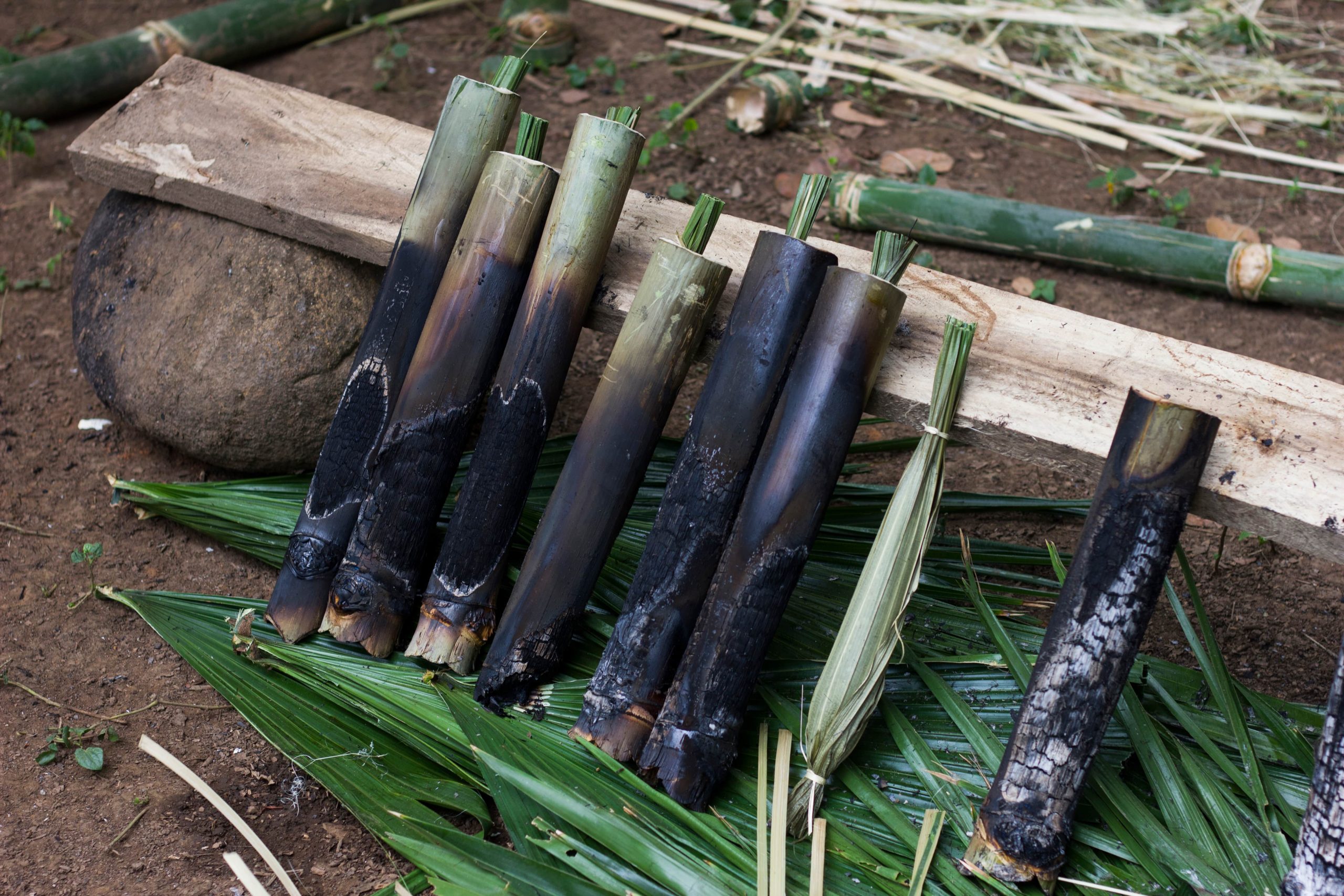
The Chakma people follow the ancient Therevada Buddhism and pray in Buddhist Temples. And although they follow Buddhism, the Chakma people have incorporated many elements of Hinduism into their lives. The Chakma people are united by the Chakma language, which sounds very similar to the Chatgaya language. The culture of the Chakma people are very different from most other cultures in Bangladesh, with their own heritage, art, and folk tales. They wear the Phinon and Hadi, which are very colorful in design.
For millennia, they’ve been living in small huts. But as the times have changed, so have their architecture, with semi pucca houses and wooden houses a more common sight nowadays. Their prefferred material for construction is bamboo and logs. They use leaves for the roof.
The most important festival in the Chakma calendar is Bizu, which is celebrated in the last two days of the Bengali year, along with the new year. The first day is known as Phool Bizu, the second day is known as Mul Bizu, and the last day is called Gojjepojje. On Phool Bizu, they cook delicious food, and on Mul Bizu, Chakma boys and girls release flowers onto water, floating them on banana leaves. This festival is equivalent to eid or christmas in terms of joy, as everyone wears new clothes. Buddha Purnima is also celebrated with aplomb in Chakma communities.
Marma
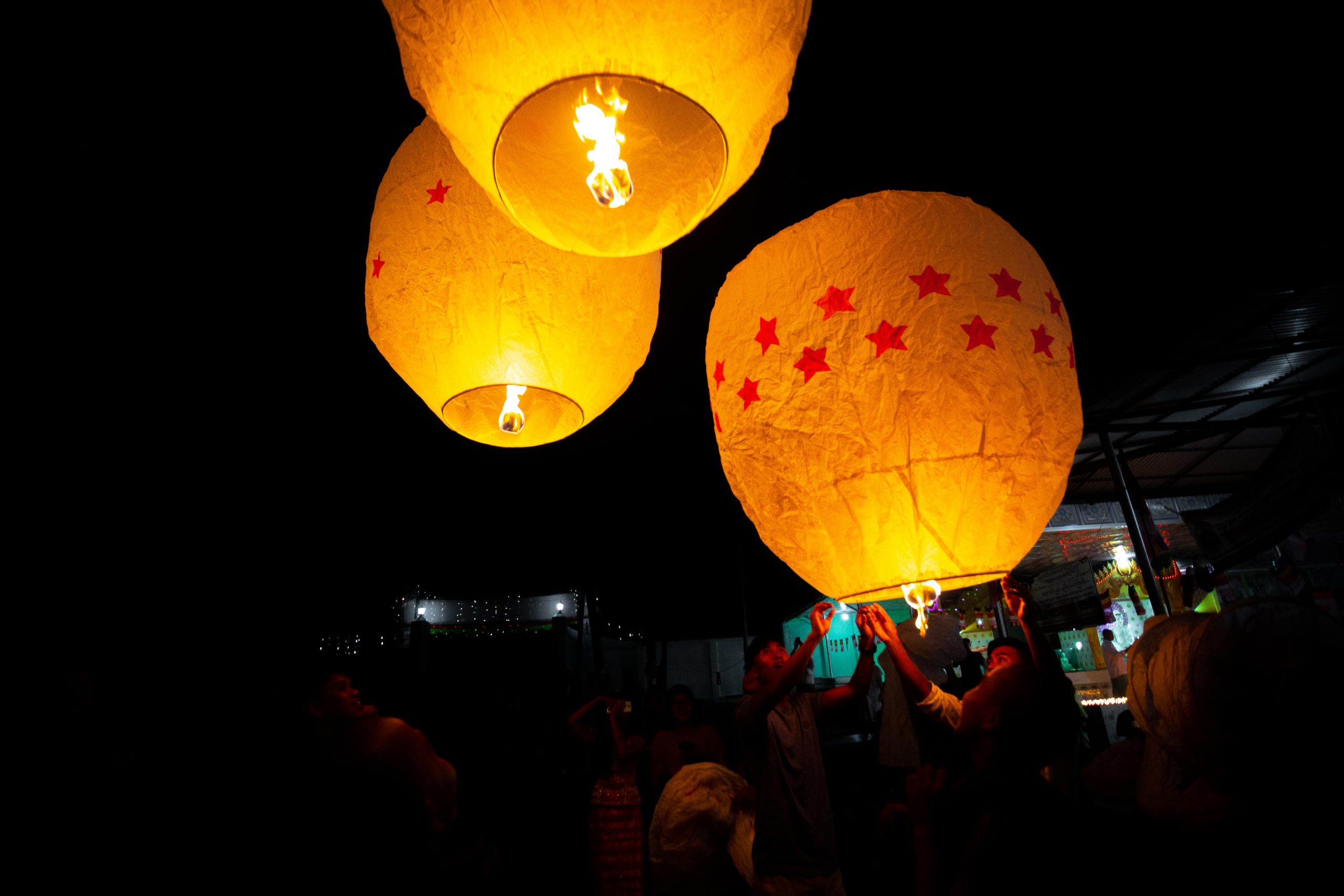
Although the Marma people live in all three districts of the Chittagong Hill Tracts, they mostly reside in Bandarban. They follow Buddhisml like the Chakma people. They speak the Marma language, which is written in the Burmese script. Their main festivals include Buddha Purnima and Sangrai. It is similar to the Bizu festival of the Chakmas. On this day, they make tasty treats at home during the day, and fly sky lanterns in the night.
After the Chakmas, the Marmas are the second largest in terms of population of all the indigenous peoples of Bangladesh. The Marma love to eat a sort of sticky rice with a sort of dried fish called Nappi. They also make dessert by mixing binni rice with coconut and sugar to make a porrige. During Sangrai they also make a dish Hangro with dried fish and vegetables. They also have bamboo shoots, and a noodle like dish called Mundi.
Tripura
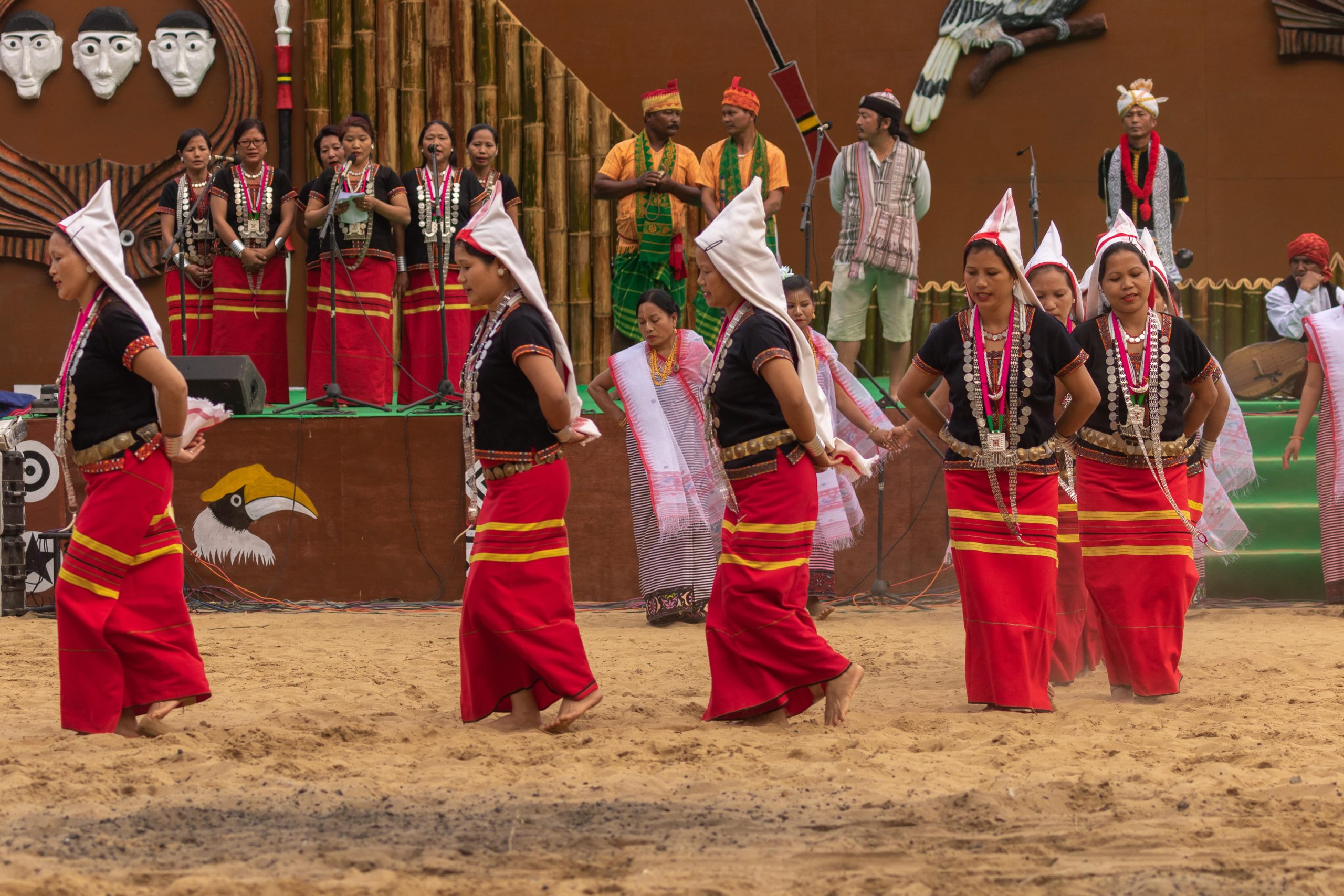
The Tripura are one of the other famous indigenous peoples of Bangladesh. Many Tripuri people also live in India. They reside in the Chittagong Hill Tracts, Sitakundu, Mirsarai, Comilla, Noakhali, Moulvibazar, Sreemangal, and many other areas bordering the Indian state of Tripura. They are a people whose culture involves a lot of singing and dancing at festivals. It is steeped in their heritage.
Each and every event is a celebration in the Tripuri culture. Even the birth of a child is celebrated in a very lively manner. These people mostly cultivate plants on the hills. Their main celebration is known as Boushuk, which celebrates the Bengali new year. In this festival they cook many dishes, including rice with vegetables, corn, and chillies, along with a meat dish. They also make rice cakes and treats made of banana leaf. The Tripuri are known for being great hosts.
Santal
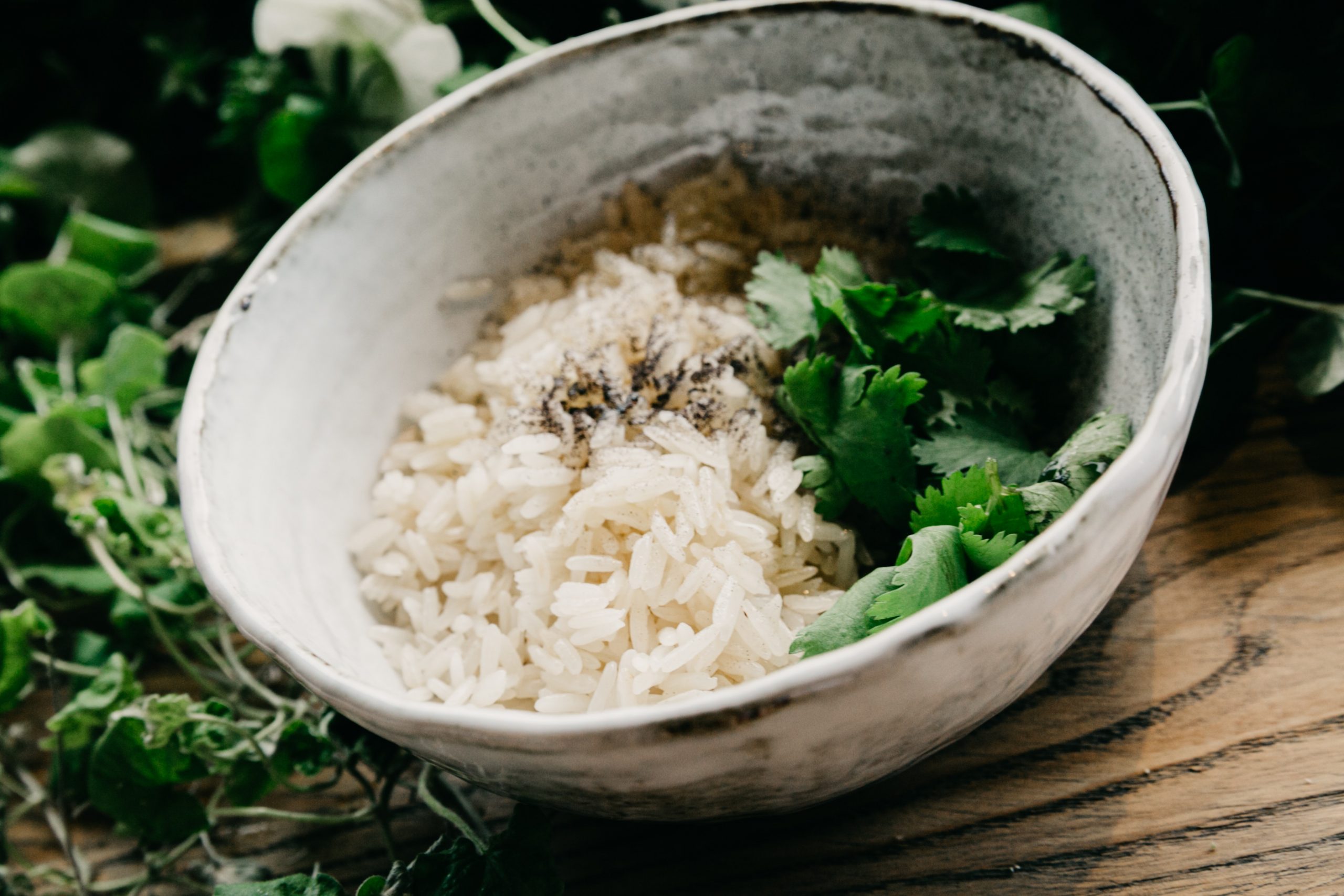
Another major group of the indigenous peoples of Bangladesh are the Santals. They are mostly based in Birganj, Nawabganj, Birampur, Ghorghat, and Fulbari in Dinajpur, and Pirganj in Rangpur. There are also Santals in Rajshahi and Bogra. Major festivals celebrated by the Santals include Shoharai, Baha, and Dasai. They mostly eat rice, which is served in many different ways, with fish, crab, rabbit meat and bird meat served on the side.
Garo
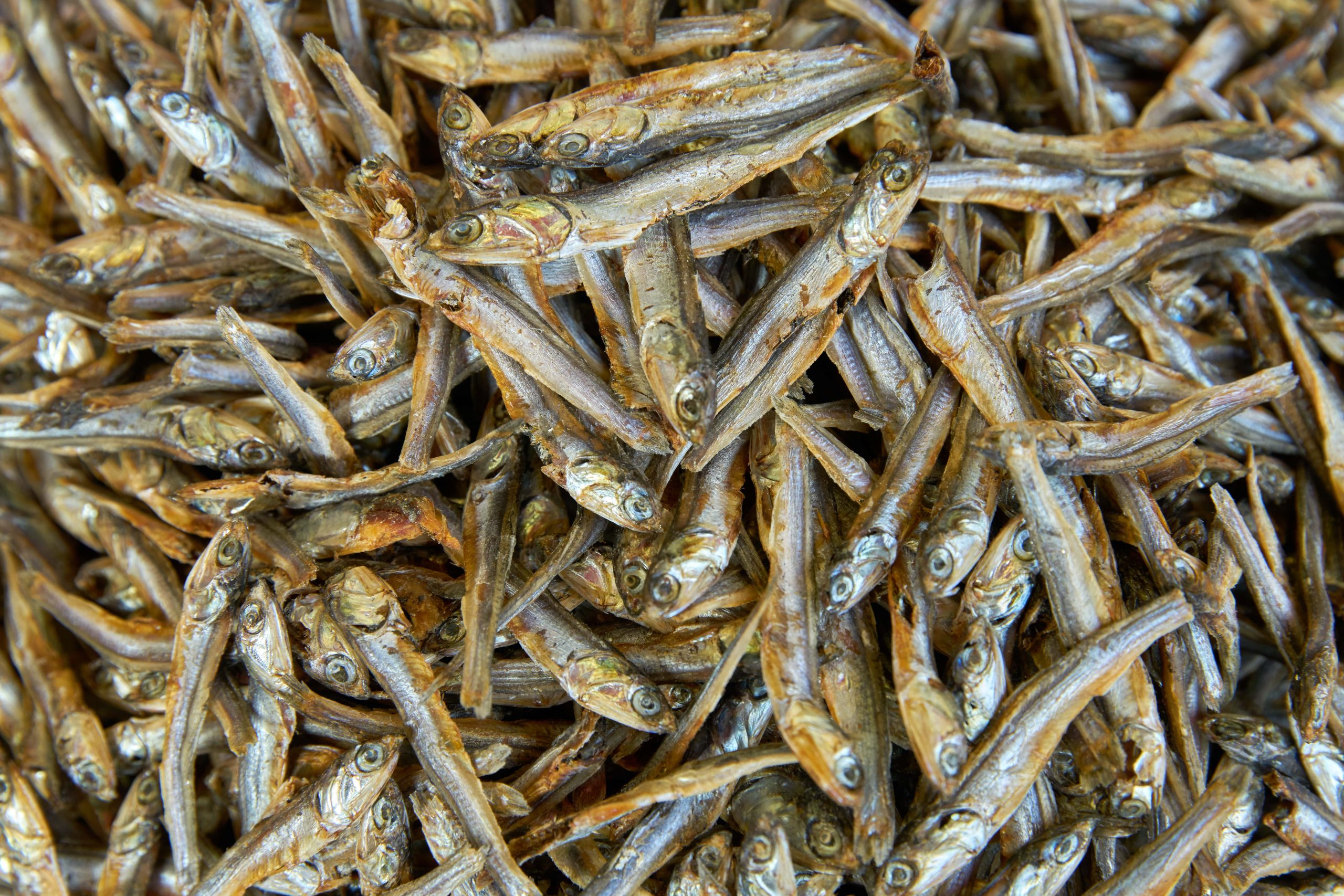
The Garo people are mostly based in Mymensingh, but can also be found in Tangail, Sylhet, Sunamganj, and Netrokona. Most of the Garo people are followers of Christianity, but their customs have many practices from Hinduism. The major festival for the Garo people is Wangala, which celebrates the harvesting of crops. The Garo are not known for adding spices to their dishes, relying more on dried fish and baking soda for their cuisine. They also use pork frequently in their cuisine, with which they make Wak Gurah, a famous pork curry. They also use special potatoes to cook a dish with dried fish, along with a fish dish wrapped in banana leaves called Hithoppa.
In today’s blog, we have discussed some of the major indigenous peoples of Bangladesh. Each of these groups follow different religions and have vastly different cultures. But at the end of the day, all of these groups and ethnic minorities live together in one country – Bangladesh.

